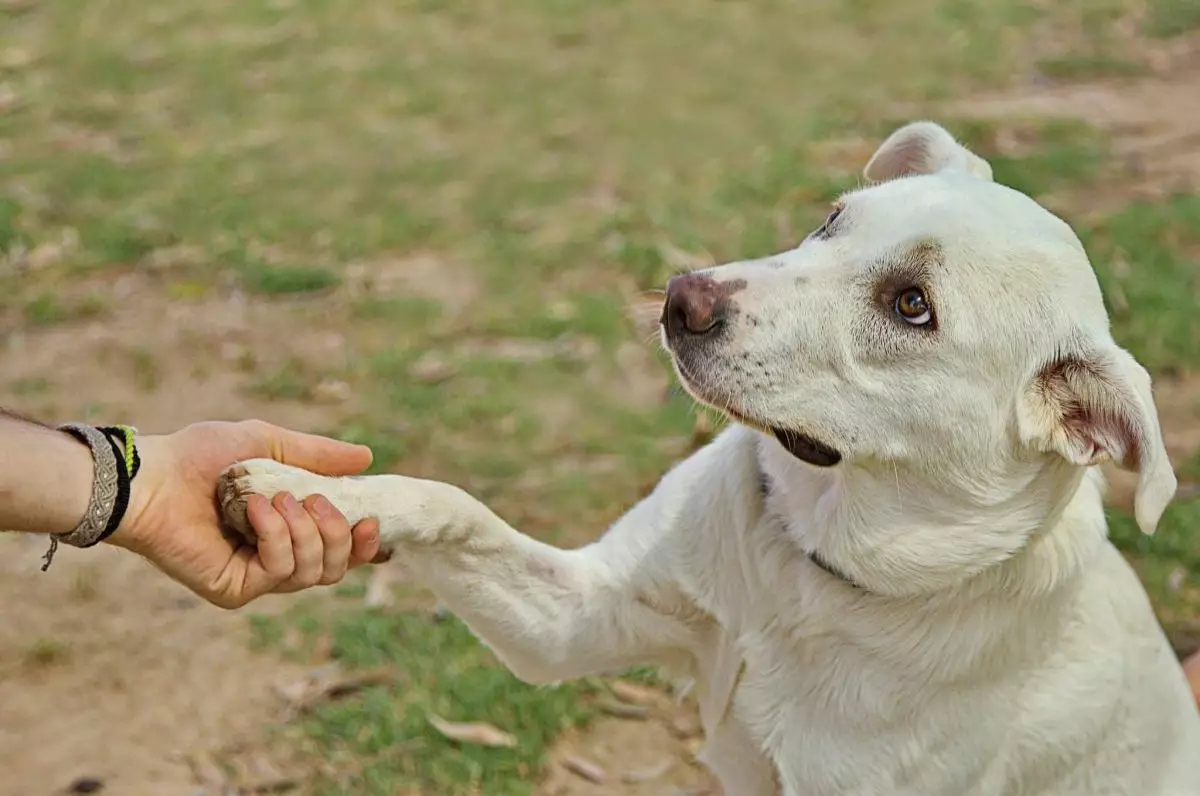Dogs have an extraordinary ability to comprehend human emotions and intentions, and they do so by tuning into our body language and movements. Over millennia of cohabitation, canines have honed their skills to observe subtle cues that reflect our feelings, providing them with insights that go far beyond mere vocal commands. A dog’s understanding of human behavior is a form of non-verbal communication that speaks volumes about the depth of the bond we share. The way we position ourselves, our gestures, and even our movements convey a plethora of information.
For instance, when we take a confident stance or walk purposefully, our dogs often interpret this as a sign of authority or leadership. In contrast, a more relaxed crouch might invite them to engage in play or exhibit companionship. This intuitive responsiveness is a testament to dogs’ inherent social nature, illustrating how they adapt their behaviors to align with ours, fostering the intricate connection we share with them.
One of the most remarkable aspects of a dog’s relationship with humans is their capacity for emotional empathy. Dogs are skilled at picking up on emotional shifts, often mirroring our feelings. If you find yourself in a state of anxiety, your canine companion may exhibit signs of restlessness, whining, or pacing—behavior that echoes your distress. Conversely, when you’re in a joyous or relaxed state, your dog may become more spirited and playful, embodying the lightheartedness of the moment.
This emotional attunement fosters a profound sense of companionship, allowing dogs not only to support us when we need it most but also to enhance our emotional states through their own behavior. Their ability to empathize is, in many instances, a reflection of the bond we’ve cultivated through countless interactions over the years.
The eyes are often deemed the windows to the soul, and dogs certainly seem to agree. They are adept at reading human facial expressions, discerning happiness, sadness, and even frustration. A simple smile can ignite excitement within a dog, prompting them to prance over with enthusiasm, while a frown might evoke caution or concern.
This facial recognition goes beyond surface emotions; it allows dogs to navigate our moods, sometimes even before we vocalize how we feel. This sensitivity to our facial cues underscores the importance of our emotional states and the way they shape our ongoing dialogues with our pets.
While dogs may not comprehend the actual words we speak, they are extraordinarily perceptive when it comes to the tones we use. Dogs are readily capable of differentiating between a soothing voice and a harsh one. This distinction directly influences their behavior. A gentle tone can reassure a dog, while a loud and angry outburst might send them into a state of anxiety.
We often communicate with our dogs through tonal variations, signaling our feelings even in the absence of specific words. This highlights a unique aspect of human-animal interaction: our voices possess the power to shape their emotional landscapes profoundly.
The wagging of a dog’s tail is perhaps one of the most recognizable forms of canine communication, though it can convey a range of emotions depending on its position and speed. A rapid, high wag typically signals excitement and joy, while a slow, low wag may denote uncertainty or fear.
Moreover, eye contact plays a critical role in the canine ability to connect with humans. In our world, prolonged eye contact can be perceived as confrontational, but for dogs, it symbolizes trust and affection. Engaging with a dog in gentle eye contact can deepen the bond between them and their human, marking an unspoken understanding.
Dogs are not only adept at interpreting individual cues; they also excel in understanding context. This includes recognizing the rhythm of our movements—whether we walk briskly or languidly—and adjusting their behavior accordingly. If we begin to walk faster, they may become excited, interpreting it as a signal for an outdoor adventure.
Furthermore, dogs are responsive to our hand gestures, which play an essential role in training and daily communication. Clear, intentional movements convey instructions, and dogs quickly learn to associate specific actions with desired responses. By mastering these signals, dogs reinforce their roles as obedient companions.
The intricate ways in which dogs perceive, interpret, and respond to our emotions and actions highlight the depth of the bond we share with these remarkable animals. Every gesture, look, and tone contributes to the silent conversation that defines dog-human relationships. In our hectic lives, it is easy to underestimate the nuanced ways canines support and reflect our emotional states. By recognizing and appreciating their remarkable abilities to read us, we can foster an even deeper, more meaningful connection with our four-legged companions, celebrating the unique partnership that enriches our lives.

